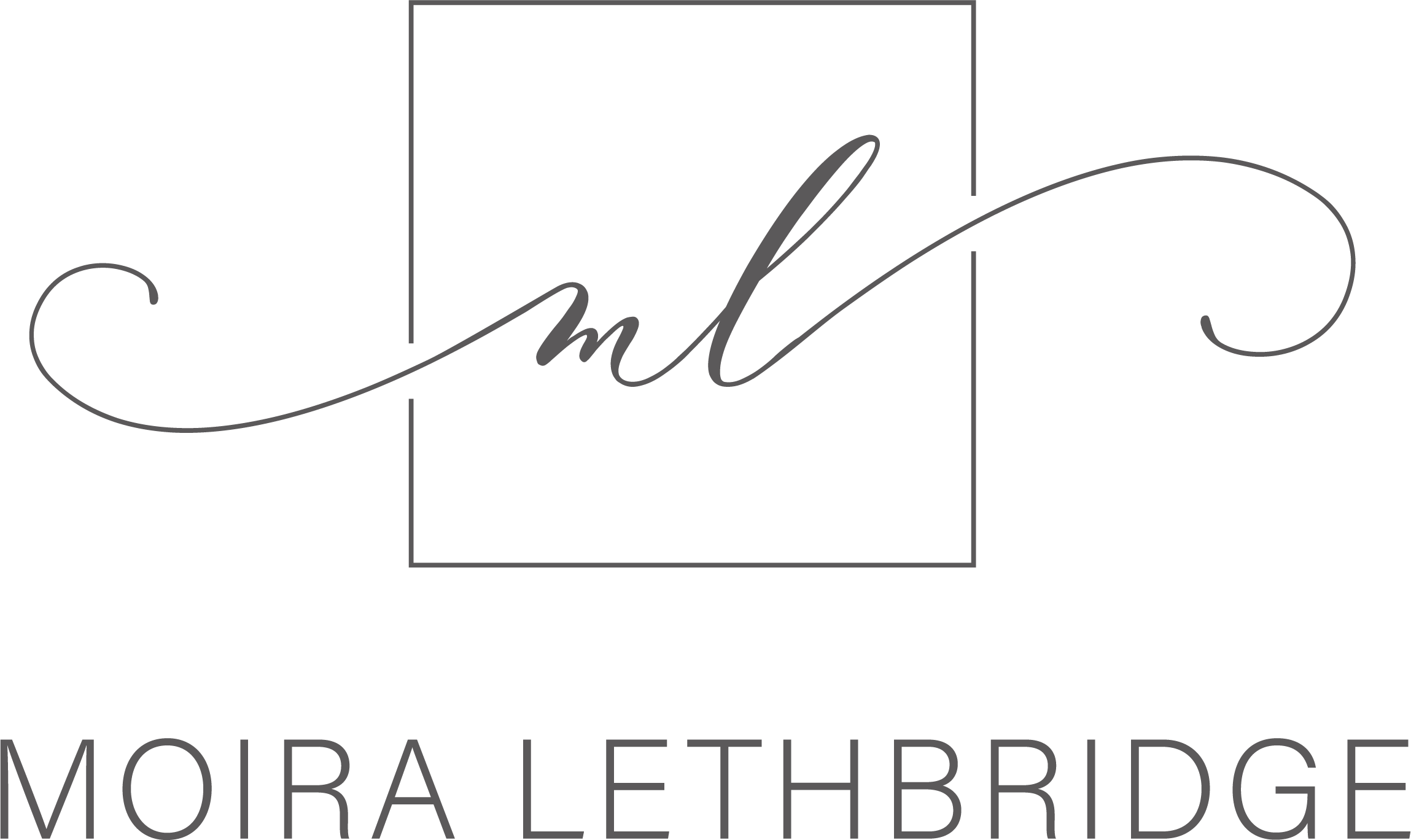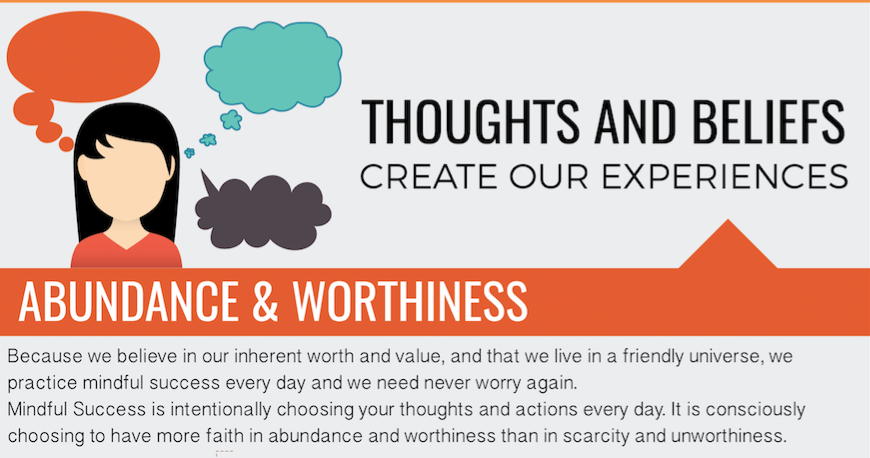You have a right to feel safe.
Recently I had a routine medical procedure.
Diane introduced herself as she took my blood pressure and temperature.
“When did you eat your last solid food?”
“What was the last time you drank liquids?”
“Do you feel safe at home?”
I placed my hands on my heart.
“I feel very safe at home.”
Of course, I do. I live with my adult sons and a crazy rescue dog that sounds like the Tasmanian Devil when anyone approaches our home.
“Diane – what’s behind the question, ‘Do I feel safe at home?’”
“Domestic violence. This may be the one safe place people will share the truth of what’s going on.”
It got me thinking. Where else I need to feel safe – at work.
“Do you feel safe at work?”
According to the Workplace Bullying Institute, bullying at work is very similar to the experience of being a battered spouse.
“The abuser inflicts pain when and where she or he chooses, keeping the target (victim) off balance knowing that violence can happen on a whim, but dangling the hope that safety is possible during a period of peace of unknown duration. The target is kept close to the abuser by the nature of the relationship between them — husband to wife or boss to subordinate or co-worker to co-worker.” (www.workplacebullying.org)
I’ve experienced bullying in the workplace. The scars are invisible and the emotional harm outlasts any physical injuries that occur from bodily violence.
I was bullied and I didn’t even know it.
Belittled in front of my colleagues and employees for taking time off to attend a funeral for an immediate family member.
Sarcastic nicknames that dug at my gender and age were brushed off with, “I’m just joking.”
At the moment my highest achievements I was accused of incompetence.
I kept thinking, “I’ll just try harder. They’re having an off day. Did I do something to provoke their wrath?”
Over time I took days off for mental health breaks. I woke up most nights with racing thoughts about work. I began to get migraines.
I didn’t recognize the signs.
Bullying is like a moth eating your favorite sweater. You first see a moth fluttering around but aren’t sure what it’s doing. The moth eats one tiny hole. Then another. Before long, your sweater has so many holes that you can no longer wear it. It erodes over time.
Statistics vary but somewhere between 65-83% of Americans say they experienced bullying at work.
What you can do about it.
Name it.
Give up the ‘stiff upper lip and sticks and stones may break my bones’ beliefs and call it what it is – bullying, psychological violence, emotional abuse.
Stop the self-blame.
You did not invite nor want the psychological assaults that interfered with your work.
Ask yourself, “If my child was in my situation, would I tell them it’s their fault?”
Ask for help.
The damage inflicted by bullies at work is significant. The personalized, focused nature of the assault destabilizes your identity, strength, and resilience. It impacts your health and well-being.
Seek help from someone qualified to help you understand and stop the abuse.
I left the job, sought help, and started my healing process. It’s taken time and lots of self-compassion. I’m on the other side and now I help others recover from this pervasive, silent predator. If I can do it you can do it too.
Email me at moira@moiralethbridge.com with your experiences of workplace bullying and how you’ve dealt with it. Let’s heal together.
~~~~~~
Speak your truth.
~~~~~~





